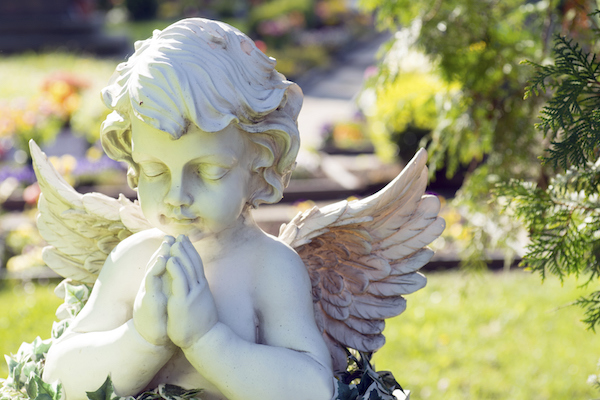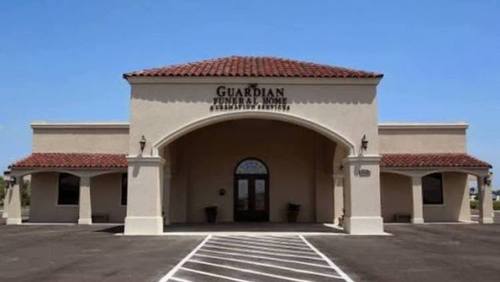
A soft stone, marble makes beautiful monuments to honor our loved ones, but as a gravestone material wears down too quickly when exposed to the elements.
While technology has expanded the types of designs and writing we can put on gravestones, the basic materials have stayed the same for centuries. Seven of the most common materials used in gravestones and monuments include:
1. Granite
An exquisite stone of natural beauty, granite is unearthed in huge chunks then polished and shaped. The most practically priced grave marker material, it resists high heat, low temperatures and acid rain pollution. Once it’s set, a granite marker is challenging to clean because of a white film that tends to build up over time. A good polishing brings back its luster.
2. Marble
Most commonly used from the 1850s to the 1920s, marble was cheap and easy to polish, cut and carve with tools available at the time. But although marble polishes well, moisture tends to gradually erode details from the stone, blurring names, dates and other carvings. In addition, sugaring (a steady dissolution of the surface) creates a harsh granular, crystalline look.
3. Bronze
A copper alloy customarily used for fabricating weapons and tools, bronze adds elegant detailing in headstone design. While liked for its durability and protection against weather, it forms a green patina that’s not to everyone’s taste. Restoring it to its original sheen requires many chemical treatments and a lot of elbow grease.
4. Concrete or cement
Often chosen because it can be shaped and formed in unique ways, concrete is susceptible to mold and mildew. Grave markers made of these materials need to be cleaned more often.
5. Iron
Popular during the Victorian era, iron grave markers are made by special foundries or blacksmiths. Cast iron can last for generations, while wrought iron lives on in a rusted or eroded state.
6. Sandstone and limestone
Both sandstone and limestone are popular choices because they’re easy to carve. The drawback, however, is a lack of durability. Limestone does not polish well and often breaks and cracks at the bedding planes. A freeze-thaw cycle destroys small pieces of sandstone.
7. Fieldstone
A naturally occurring rock, fieldstone is mostly used as a building material. It is found in local fields and washed, carved and decorated.
Check cemetery rules before deciding what kind of material to use. Some allow only certain types of grave markers.





